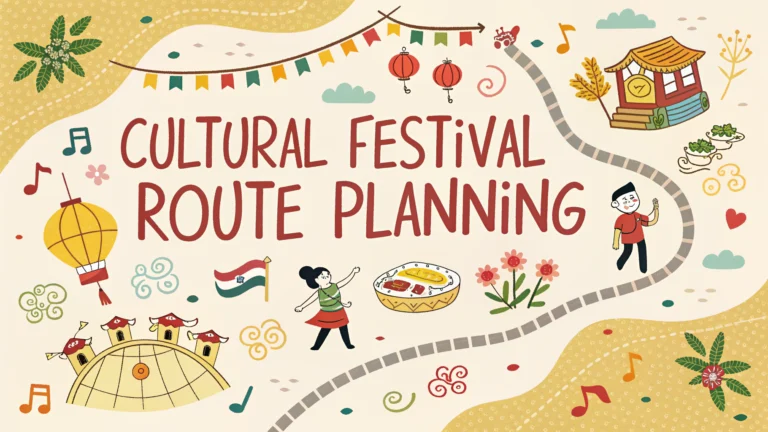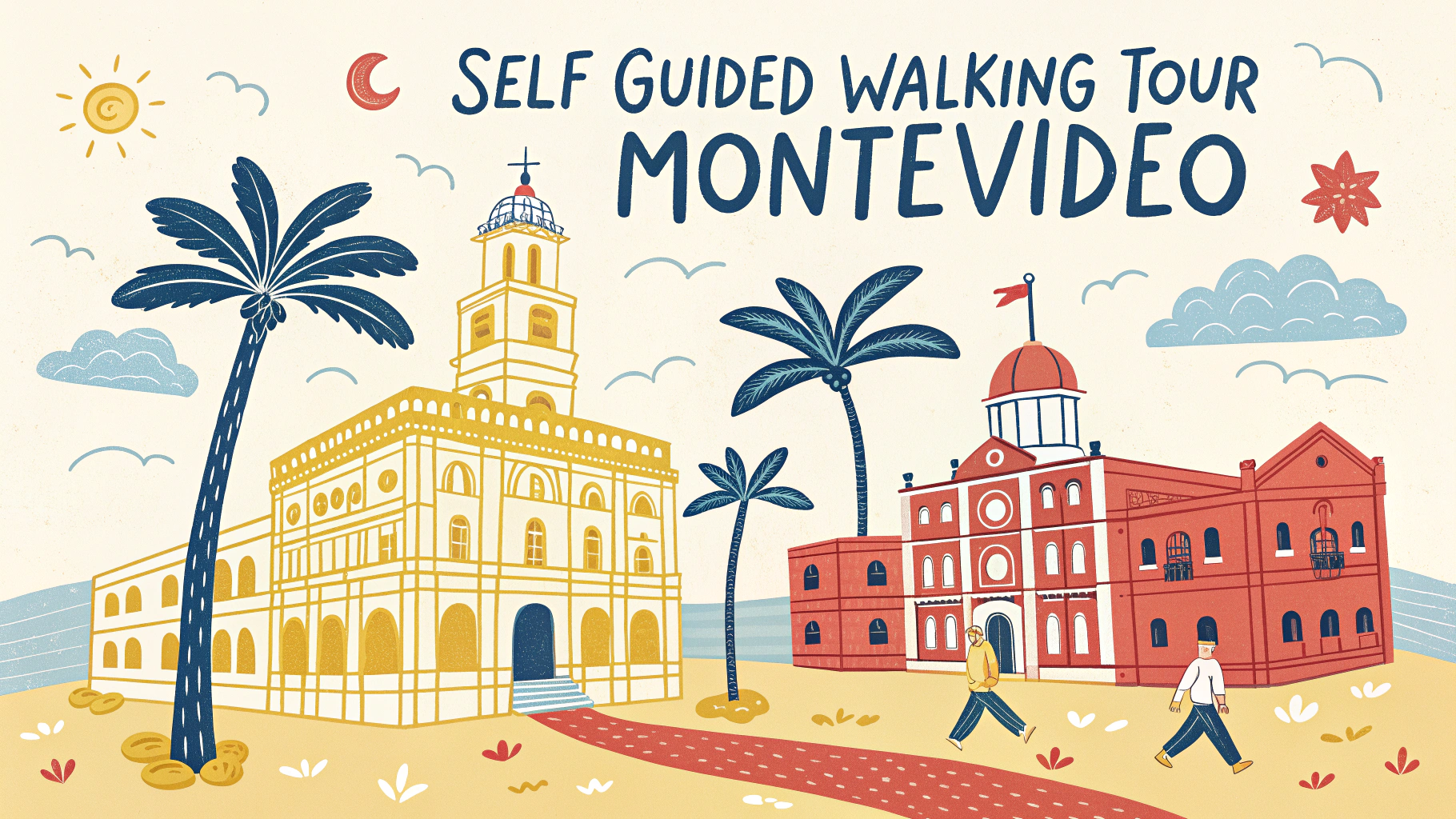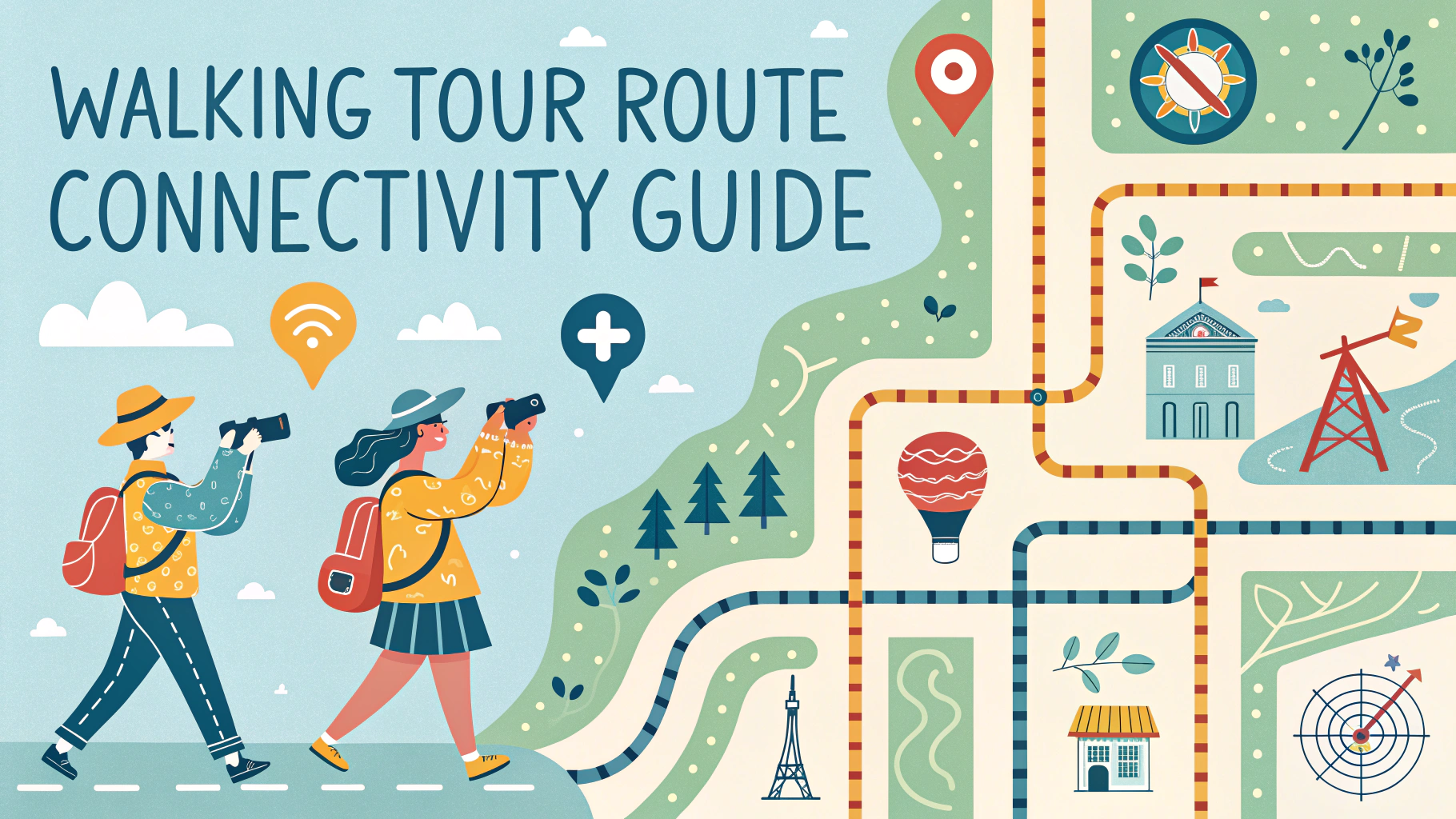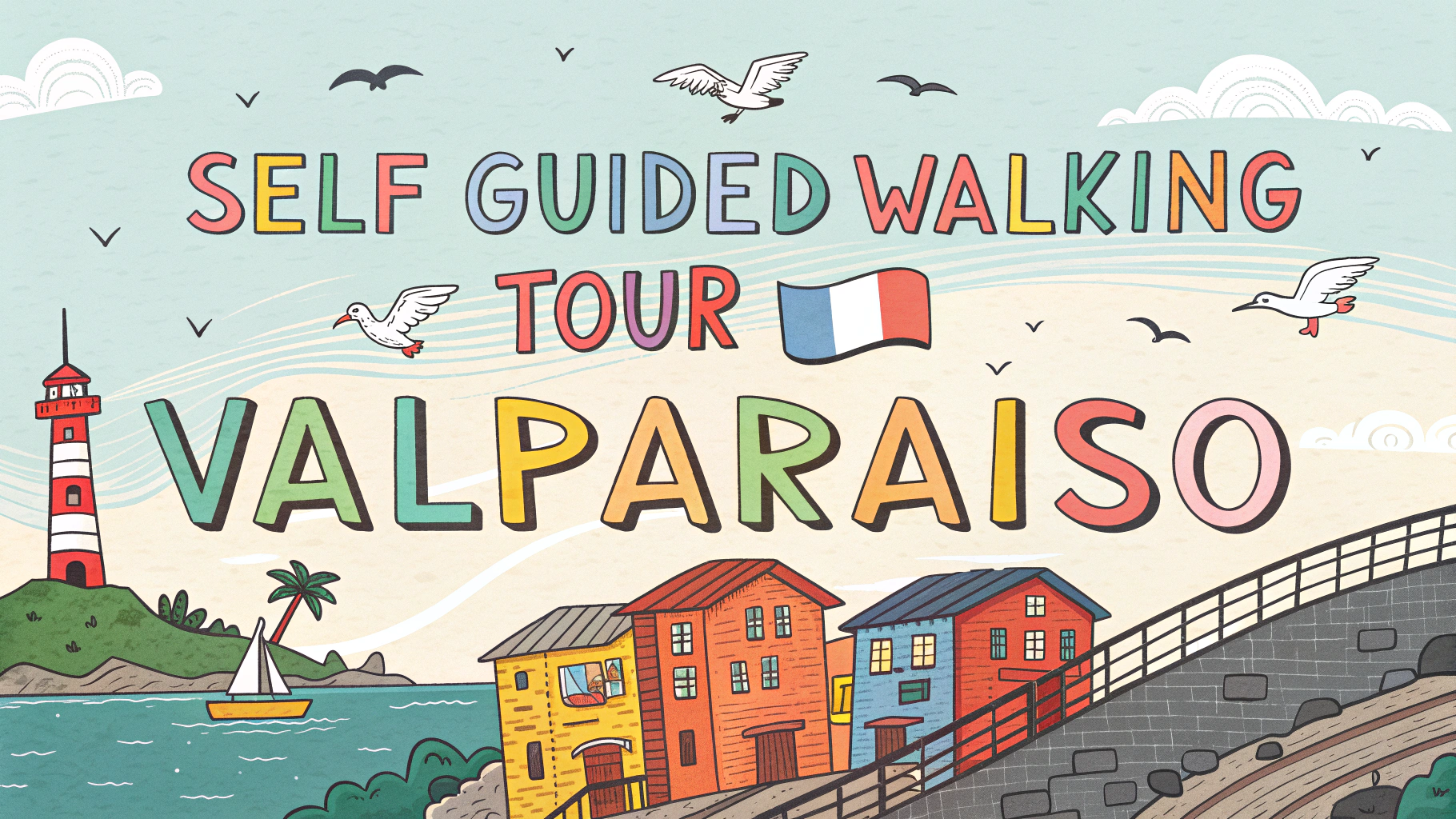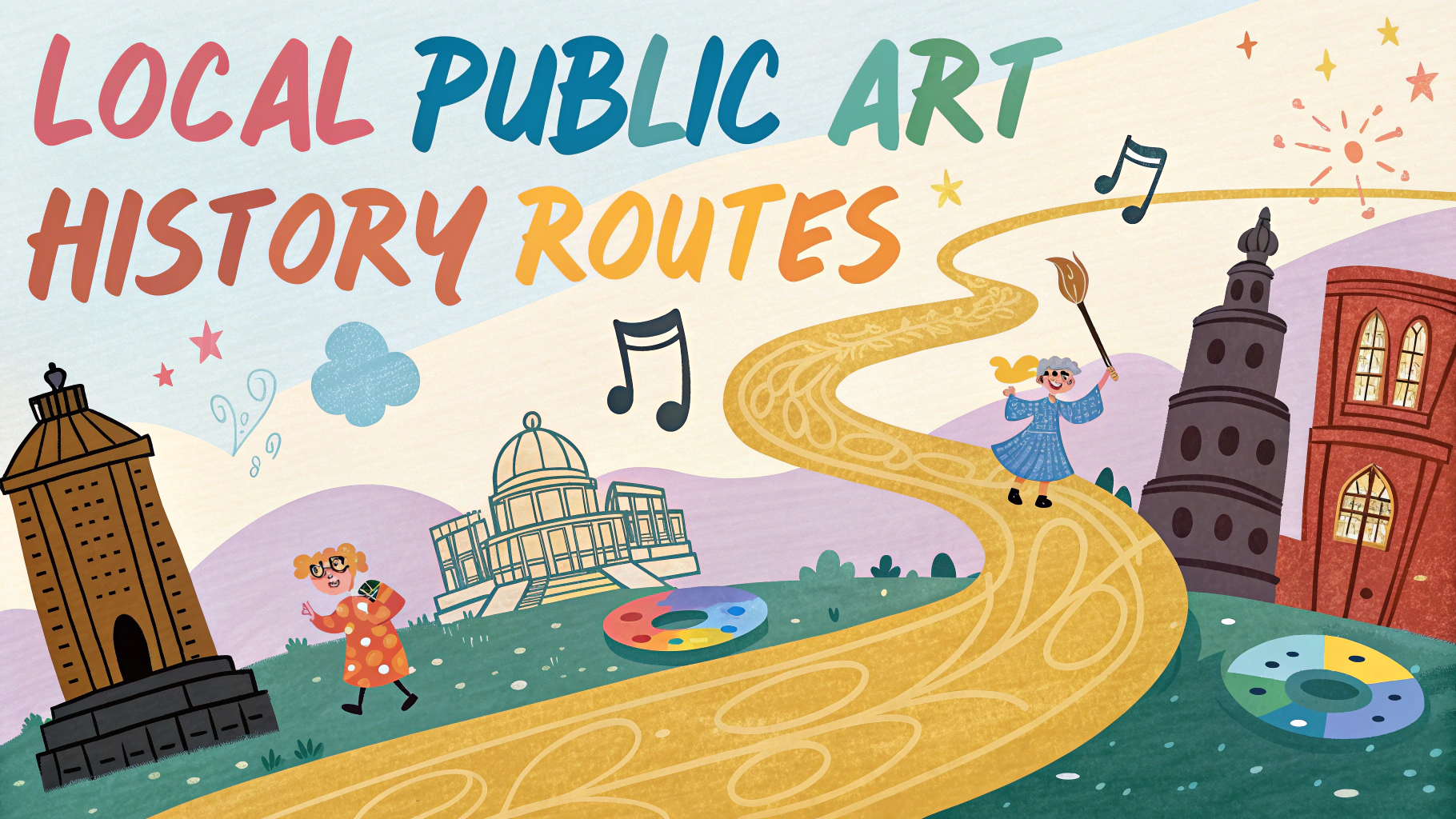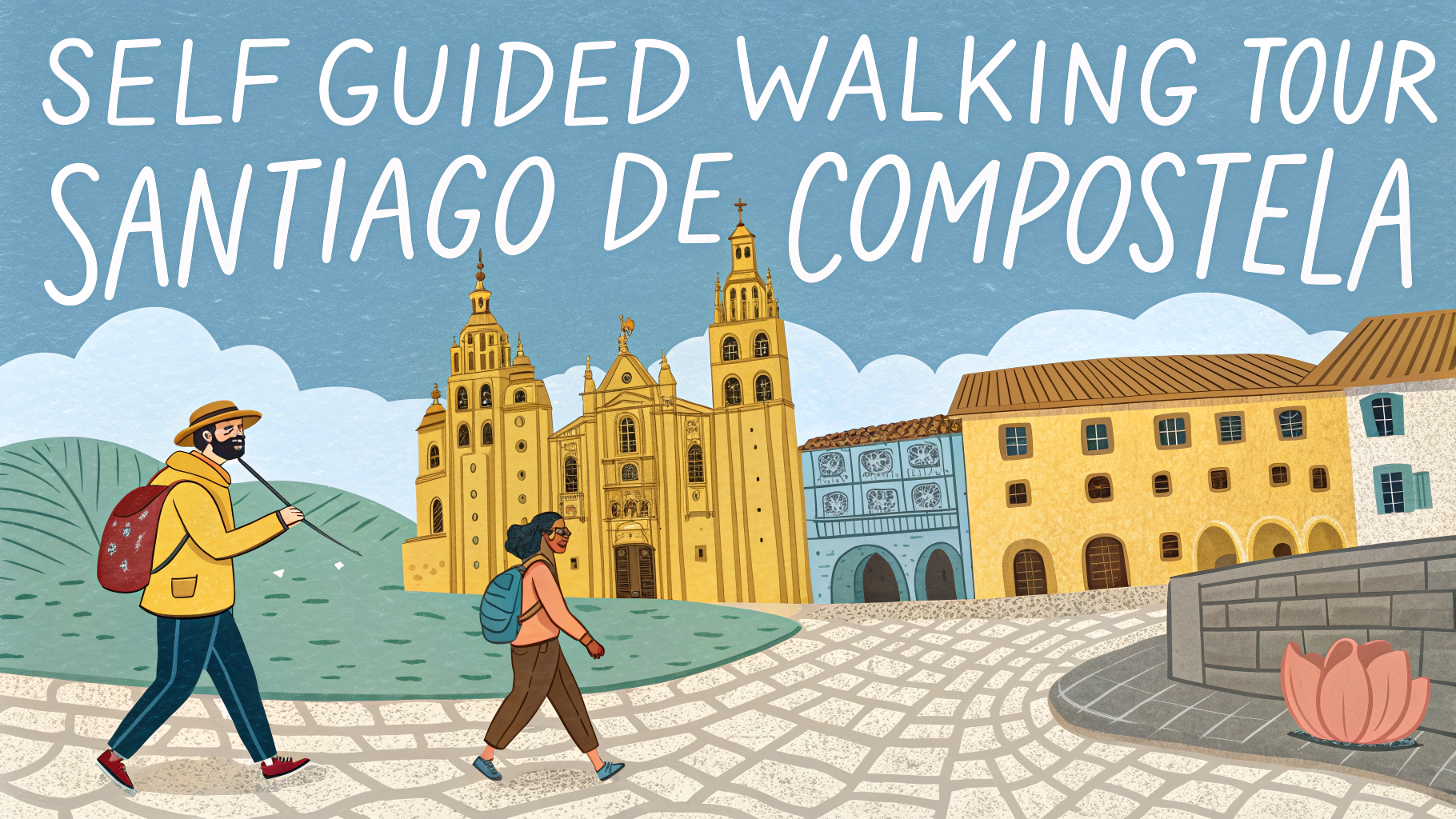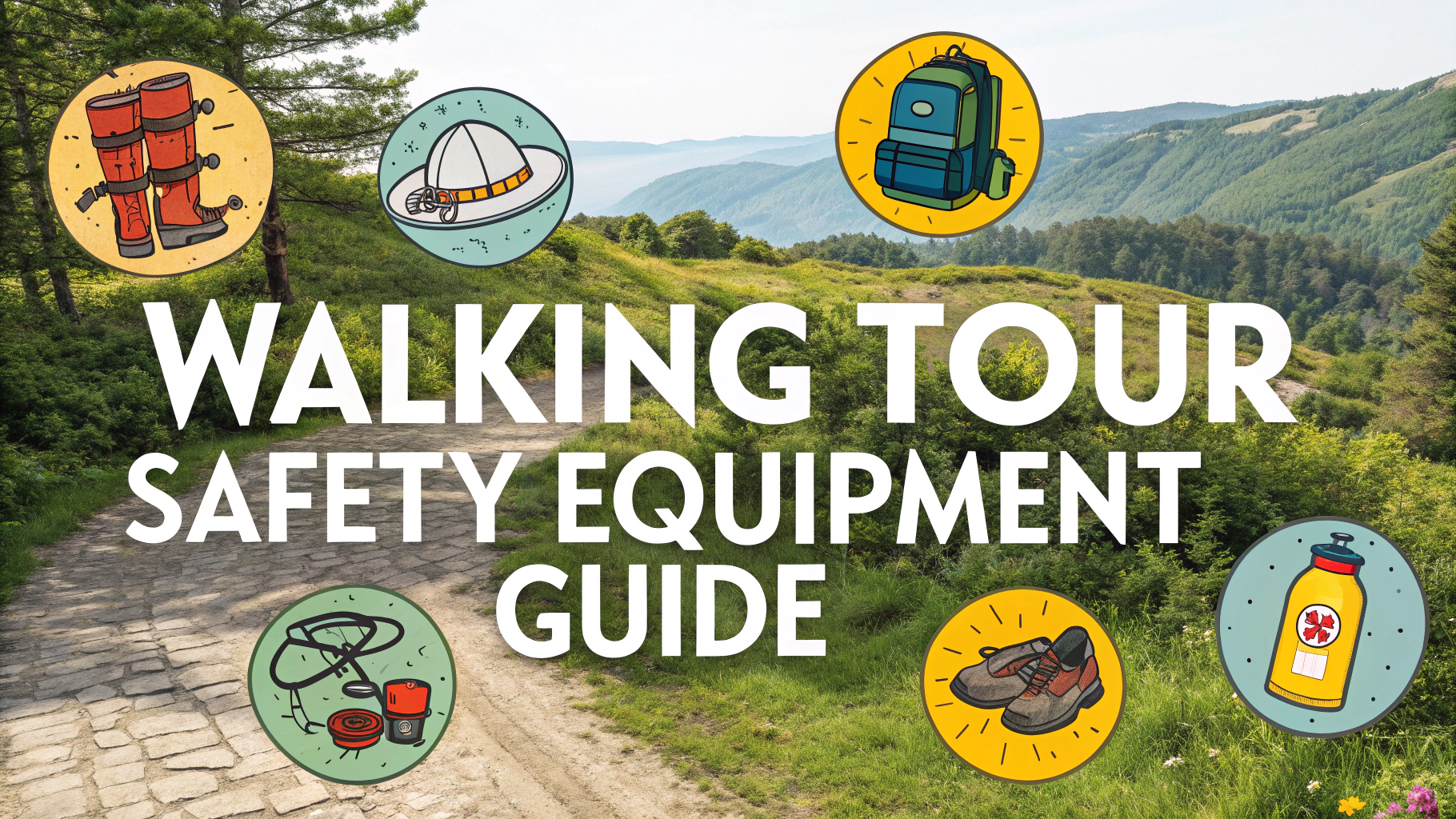Planning a route for a cultural festival walking tour requires balancing must-see attractions with practical considerations like crowd flow and timing.
Essential Planning Steps
Start by mapping out the festival’s main venues and attractions on a physical or digital map.
- Check festival schedules and performance times
- Note food vendor locations and rest areas
- Mark bathroom facilities and water stations
- Identify parking areas or public transport stops
- Consider accessibility needs for all participants
Time Management Tips
Allow 15-20 minutes between scheduled events to account for walking time and potential crowds.
| Activity | Recommended Time |
|---|---|
| Main performances | 45-60 minutes |
| Food breaks | 30-45 minutes |
| Craft demonstrations | 20-30 minutes |
| Photo opportunities | 10-15 minutes |
Route Planning Strategies
- Circular Route: Start and end at the same point, ideal for festivals in contained areas
- Linear Route: Best for street festivals spanning multiple blocks
- Hub-and-Spoke: Return to a central point between activities
Safety Considerations
Choose well-lit, populated routes when planning evening tours.
- Share your route with others
- Keep emergency contact numbers handy
- Download offline maps
- Carry a portable charger
Mobile Apps for Route Planning
- Google Maps – Create custom routes with multiple stops
- MapMyWalk – Track distance and timing
- CityMapper – Public transport integration
Practical Tips
Pack a small bag with festival essentials like water, snacks, and a portable fan or umbrella depending on weather.
- Wear comfortable walking shoes
- Bring cash for vendors
- Take photos of street names or landmarks
- Save vendor locations on your phone
Customization Options
Adjust routes based on personal interests and energy levels.
- Family-friendly routes with frequent breaks
- Photography-focused paths with best photo spots
- Food-centric tours connecting popular vendors
- Historical routes highlighting cultural landmarks
Remember to check festival websites or local tourism offices for updated maps and event schedules before finalizing your route.
Group Coordination
When planning routes for larger groups, additional considerations become essential for keeping everyone together and engaged.
- Designate meeting points at major attractions
- Use bright identifiers like flags or matching shirts
- Create a group chat for real-time communications
- Assign buddy systems for better accountability
Weather Contingencies
Develop alternate indoor routes and backup plans for inclement weather.
- Map covered walkways and indoor shortcuts
- Note indoor venues and shelter points
- Include indoor dining options
- Plan for temperature extremes
Accessibility Features
Mobility Considerations
- Ramp locations and elevator access
- Wide pathways for wheelchairs
- Rest areas with seating
- Accessible bathroom facilities
Documentation Tips
Keep detailed records of successful routes for future reference.
- Track crowd patterns at different times
- Note popular photo locations
- Document best viewing spots
- Record vendor recommendations
Conclusion
Successful festival route planning requires careful consideration of timing, accessibility, and practical needs. Balance scheduled events with flexibility for unexpected opportunities. Regular updates and adjustments to your route ensure the best possible festival experience for all participants.
Remember to review and revise routes based on feedback and changing conditions throughout the festival. Keep emergency plans and contact information readily available, and always prioritize safety and comfort when making route decisions.
FAQs
- How far in advance should I plan my cultural festival walking route?
Plan your route at least 2-3 days before the festival to familiarize yourself with the area, check festival schedules, and identify key points of interest. This allows time to make adjustments based on event timings and locations. - What essential items should I bring for a self-guided festival walking tour?
Carry comfortable walking shoes, a detailed map or mobile device with offline maps, water bottle, weather-appropriate clothing, portable charger, festival program guide, and some cash for food and souvenirs. - How can I optimize my walking route to see multiple festival events?
Group events by location, consider time slots between performances, and create a circular route that minimizes backtracking. Factor in 10-15 minute walking time between venues and additional time for crowds. - What’s the best way to avoid festival crowds during a self-guided tour?
Visit popular attractions early in the day, schedule main events during off-peak hours, and use alternative streets parallel to main festival thoroughfares when moving between locations. - Should I include rest stops in my festival route plan?
Yes, incorporate 15-20 minute breaks every 2 hours of walking, identifying comfortable rest areas like cafes, parks, or designated festival rest zones in advance. - How do I handle unexpected route closures or festival schedule changes?
Always have a backup route planned, keep the festival’s official social media or app handy for real-time updates, and maintain flexibility in your schedule to accommodate changes. - What’s the ideal duration for a self-guided festival walking tour?
Limit walking tours to 4-6 hours per day to avoid exhaustion, allowing time for both scheduled events and spontaneous discoveries while maintaining energy levels. - How can I incorporate food stops into my festival route?
Research food vendor locations beforehand, plan meal breaks during less busy performance times, and identify backup food options along your route in case of long queues. - What safety considerations should I include in my route planning?
Note emergency exits, first aid stations, and police posts along your route. Stay in well-lit, populated areas and keep emergency contact numbers saved. - How should I modify my route plan for evening festival events?
Ensure your evening route stays on well-lit streets, verify night transportation options, and check closing times of venues. Consider shorter walking distances after dark and stick to main festival areas.
